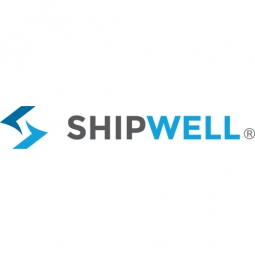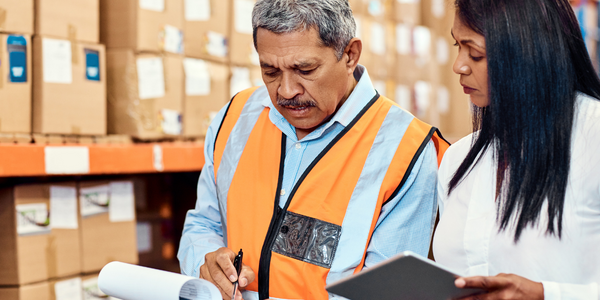
Technology Category
- Functional Applications - Transportation Management Systems (TMS)
- Platform as a Service (PaaS) - Application Development Platforms
Applicable Industries
- Food & Beverage
- Transportation
Applicable Functions
- Logistics & Transportation
Use Cases
- Last Mile Delivery
- Supply Chain Visibility
The Customer
Marcus Technologies
About The Customer
Marcus Technologies is a leading player in the advanced protein trading and logistics space. They use their platform to connect protein vendors, buyers, and traders, aiming to push the boundaries in a traditionally slow-paced industry. Their mission is to leverage technology to create efficiencies and reduce food waste and spoilage. The company manages the transportation of protein, a highly perishable commodity, and was previously relying on a manual process to book their customer’s freight.
The Challenge
Marcus Technologies, a leader in the advanced protein trading and logistics space, was facing a significant challenge in managing the transportation of protein, a highly perishable commodity. The company was relying on a manual process to book their customer’s freight, which was not only time-consuming but also inefficient. The challenge was to find a reliable logistics partner that could help them drive efficiencies and scale their operations while reducing food waste. The need for a more streamlined, automated process was evident as the company sought to push the boundaries in a traditionally slow-paced industry and create efficiencies to help reduce food waste and spoilage.
The Solution
The solution came in the form of Shipwell, a cloud-based Transportation Management System (TMS) that provides real-time visibility on shipments and a platform to manage an entire supply chain. Shipwell connects to over 2 million ELD-connected units, through APIs, and native mobile apps, providing real-time quoting, booking, and tracking of freight shipments. Automation was introduced by consolidating freight into Shipwell’s platform for quoting, booking, and tracking. This not only delivered consistent savings but also improved the customer service experience and significantly reduced the number of claims. With improved workflows, Marcus Technologies was able to use fewer employees to manage day-to-day fulfillment and logistics, allowing them to shift resources typically earmarked for manual booking processes over to more impactful projects to help them scale.
Operational Impact
Quantitative Benefit

Case Study missing?
Start adding your own!
Register with your work email and create a new case study profile for your business.
Related Case Studies.

Case Study
The Kellogg Company
Kellogg keeps a close eye on its trade spend, analyzing large volumes of data and running complex simulations to predict which promotional activities will be the most effective. Kellogg needed to decrease the trade spend but its traditional relational database on premises could not keep up with the pace of demand.
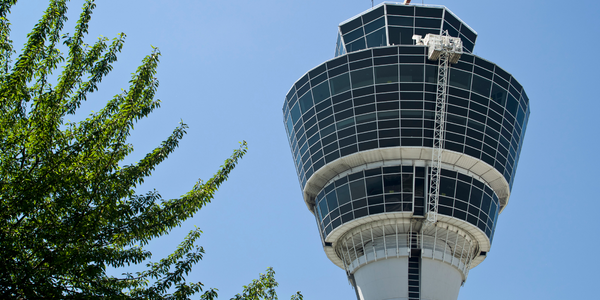
Case Study
Airport SCADA Systems Improve Service Levels
Modern airports are one of the busiest environments on Earth and rely on process automation equipment to ensure service operators achieve their KPIs. Increasingly airport SCADA systems are being used to control all aspects of the operation and associated facilities. This is because unplanned system downtime can cost dearly, both in terms of reduced revenues and the associated loss of customer satisfaction due to inevitable travel inconvenience and disruption.
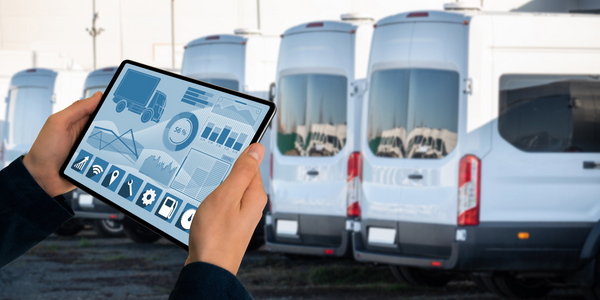
Case Study
IoT-based Fleet Intelligence Innovation
Speed to market is precious for DRVR, a rapidly growing start-up company. With a business model dependent on reliable mobile data, managers were spending their lives trying to negotiate data roaming deals with mobile network operators in different countries. And, even then, service quality was a constant concern.

Case Study
HEINEKEN Uses the Cloud to Reach 10.5 Million Consumers
For 2012 campaign, the Bond promotion, it planned to launch the campaign at the same time everywhere on the planet. That created unprecedented challenges for HEINEKEN—nowhere more so than in its technology operation. The primary digital content for the campaign was a 100-megabyte movie that had to play flawlessly for millions of viewers worldwide. After all, Bond never fails. No one was going to tolerate a technology failure that might bruise his brand.Previously, HEINEKEN had supported digital media at its outsourced datacenter. But that datacenter lacked the computing resources HEINEKEN needed, and building them—especially to support peak traffic that would total millions of simultaneous hits—would have been both time-consuming and expensive. Nor would it have provided the geographic reach that HEINEKEN needed to minimize latency worldwide.
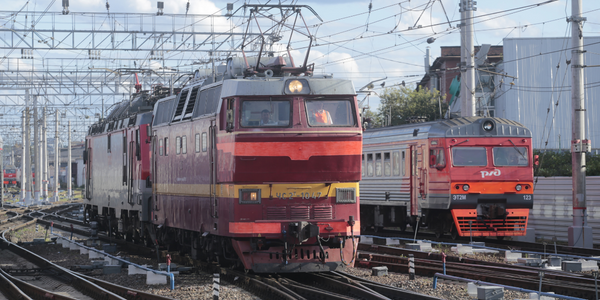
Case Study
Digitize Railway with Deutsche Bahn
To reduce maintenance costs and delay-causing failures for Deutsche Bahn. They need manual measurements by a position measurement system based on custom-made MEMS sensor clusters, which allow autonomous and continuous monitoring with wireless data transmission and long battery. They were looking for data pre-processing solution in the sensor and machine learning algorithms in the cloud so as to detect critical wear.
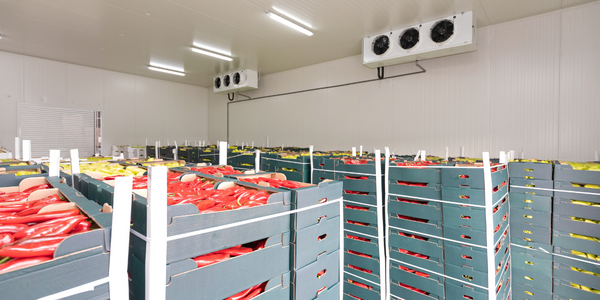
Case Study
Cold Chain Transportation and Refrigerated Fleet Management System
1) Create a digital connected transportation solution to retrofit cold chain trailers with real-time tracking and controls. 2) Prevent multi-million dollar losses due to theft or spoilage. 3) Deliver a digital chain-of-custody solution for door to door load monitoring and security. 4) Provide a trusted multi-fleet solution in a single application with granular data and access controls.

